The Awesome NASA Easter Eggs of Netflix's 'Lost in Space'
NASA Easter Eggs You Missed
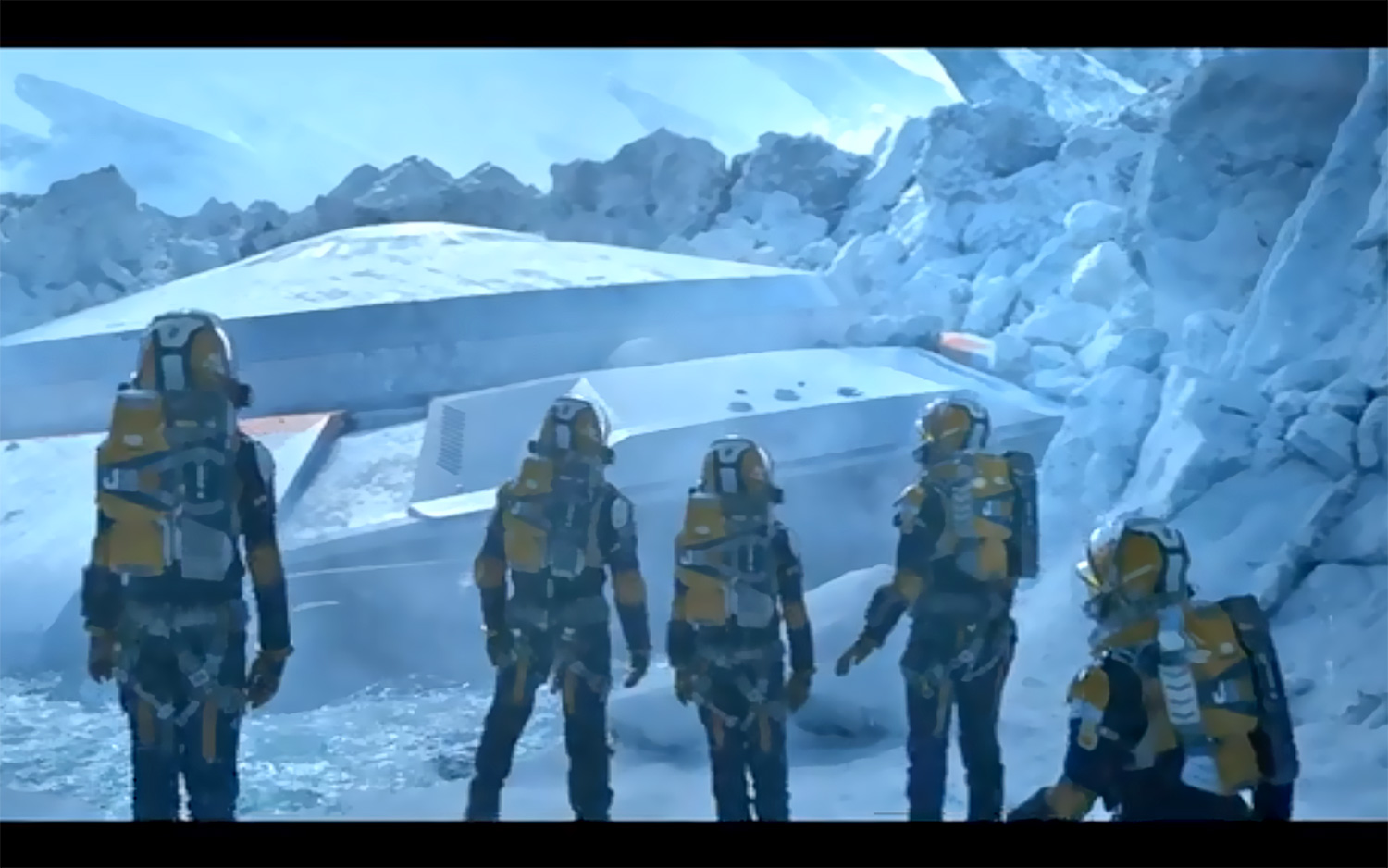
Warning: This story contains mild spoilers for the entire 10 episodes of Netflix's "Lost in Space."
The epic reboot of "Lost in Space" debuted on Netflix earlier this year. It was a wild ride, with viewers learning the origins of the mysterious Robot, wondering what sabotage Dr. Smith would pull next, and hoping that the Robinson family would stick together through quarrels and danger. Audiences loved it, and the series was quickly picked up for a second season.
But in between the dramatic scenes were some little Easter eggs for astute space fans. The scriptwriters inserted several NASA and space-research references. Sometimes, these were subtle — like pictures on a wall — and sometimes, they formed a main part of the plot. Here are some of the references you might have missed.
Vintage Space Pics & Models
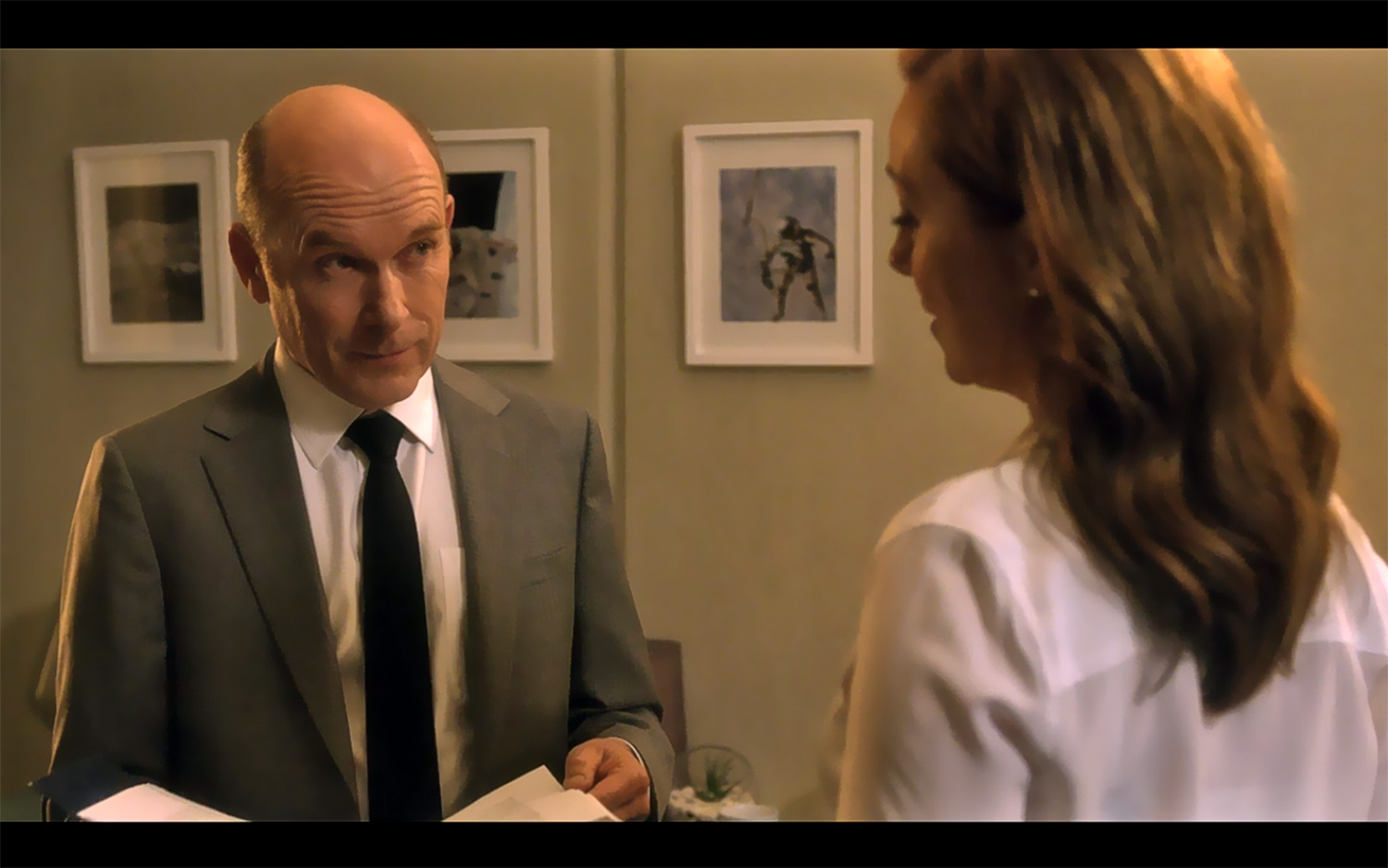
The title sequence of "Lost in Space" shows pictures from several past NASA programs, including images of Apollo astronauts on the moon (1969-1972), one of the two Viking landers that made it to the surface of Mars in 1976 and the Enterprise space shuttle tester that was used in glide tests to prepare for the space shuttle program (1981-2011).
In Episode 9, watch for a flashback clip when Maureen Robinson (Molly Parker) is praised by one of her superiors. Just behind the supervisor, several space pictures adorn the wall, including one of the first U.S. spacewalk, by Ed White (1965); a picture from the Apollo program; and a stamp of early rocket designer Robert Goddard. There's also a small space shuttle visible on the shelf of Will Robinson (Maxwell Jenkins).
The "Near-Earth Object Office"
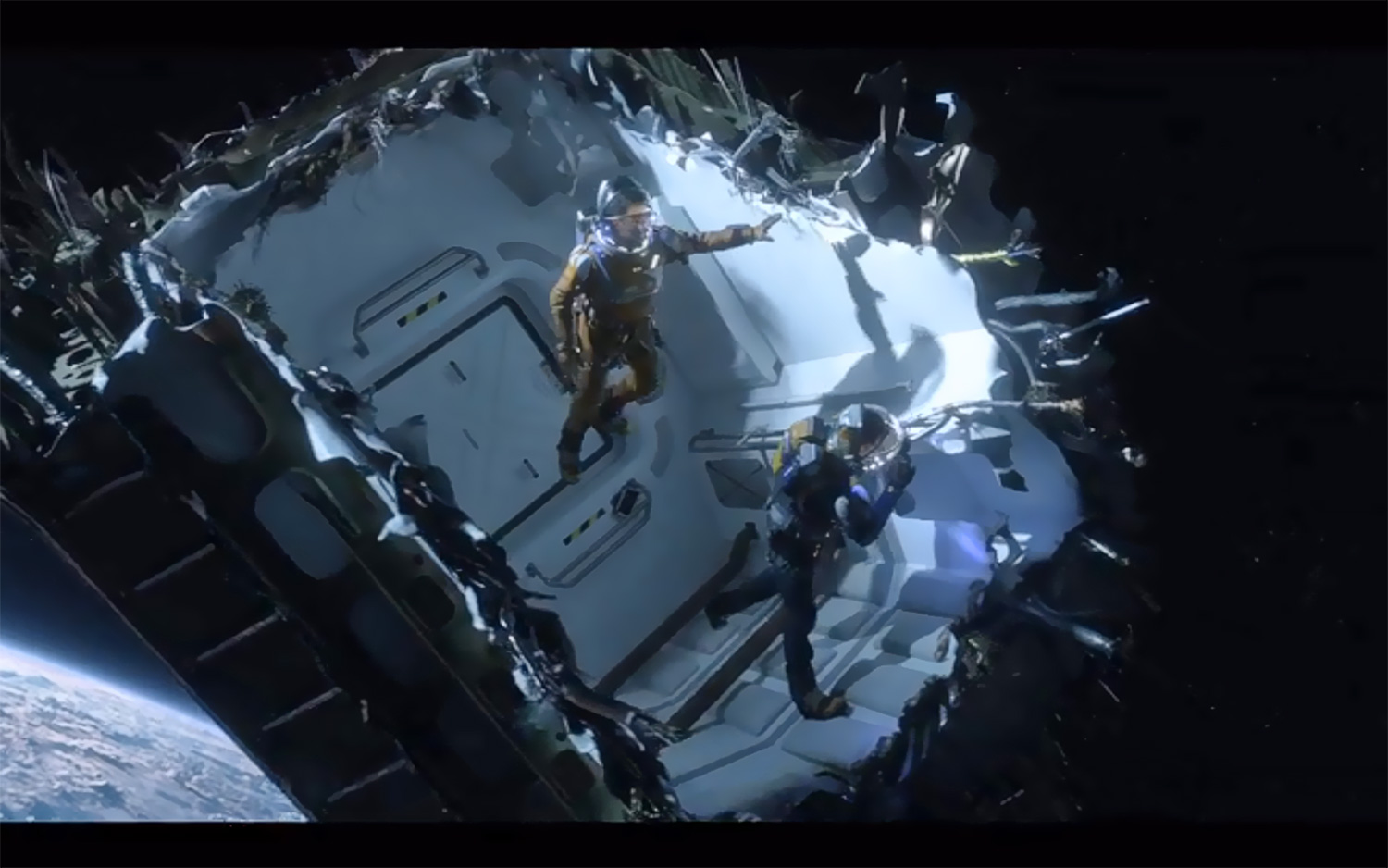
In "Lost in Space," the audience hears hints of problems on Earth as a "sizable" near-Earth object approaches the planet. A TV broadcast once mentions "the Near-Earth Object Office," which isn't too far off from NASA's real-life name for a similar group: the Center for Near-Earth Object Studies. This office provides information for NASA's Planetary Defense Coordination Office (PDCO) about potentially threatening asteroids or comets that come near our world.
Luckily, in the real world, there is no imminent threat known. But PDCO, working with international partners, is formulating scenarios and possible technologies to deflect or destroy such an asteroid
Planets of Alpha Centauri
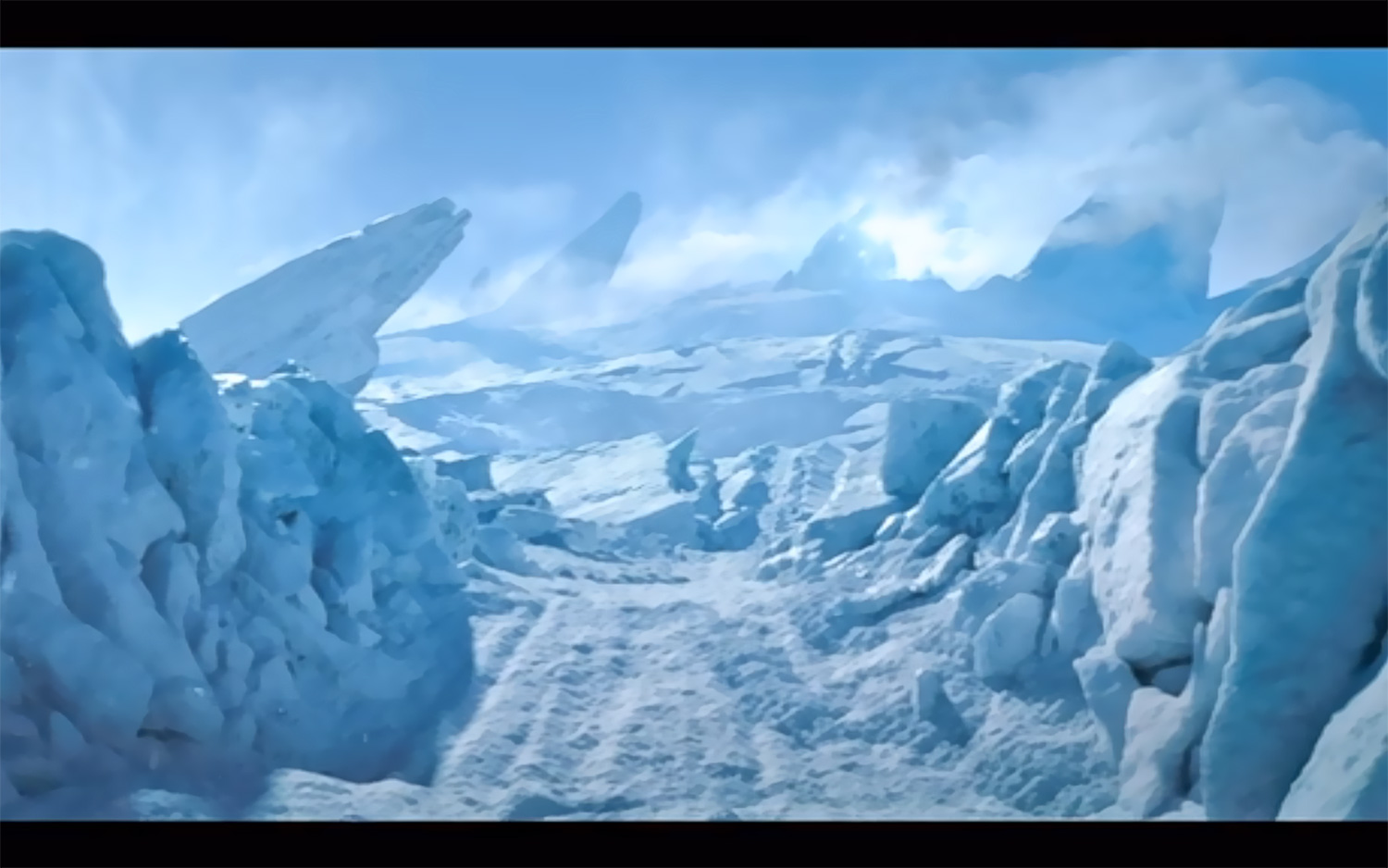
In "Lost in Space," colonists aboard the spaceship Resolute are waylaid by a mechanical difficulty as they try to get to Alpha Centauri, a star with planets around it. The script's setting isn't too different from real life. In 2016, astronomers discovered a planet around Proxima Centauri, one of the stars in the three-star Alpha system and Earth's nearest stellar neighbor (besides the sun).
The planet, called Proxima Centauri b, is rocky, and it might be in the "habitable zone" of its star — where liquid water would exist on the surface. ("Lost in Space" calls this kind of planet a Goldilocks planet, which is also an accepted astronomical term.) In real life, however, Proxima Centauri b may be bathed in deathly radiation from its parent star. More study is required to figure out just how habitable this world is.
FIRST STOP: Real space history
Spaceflight History
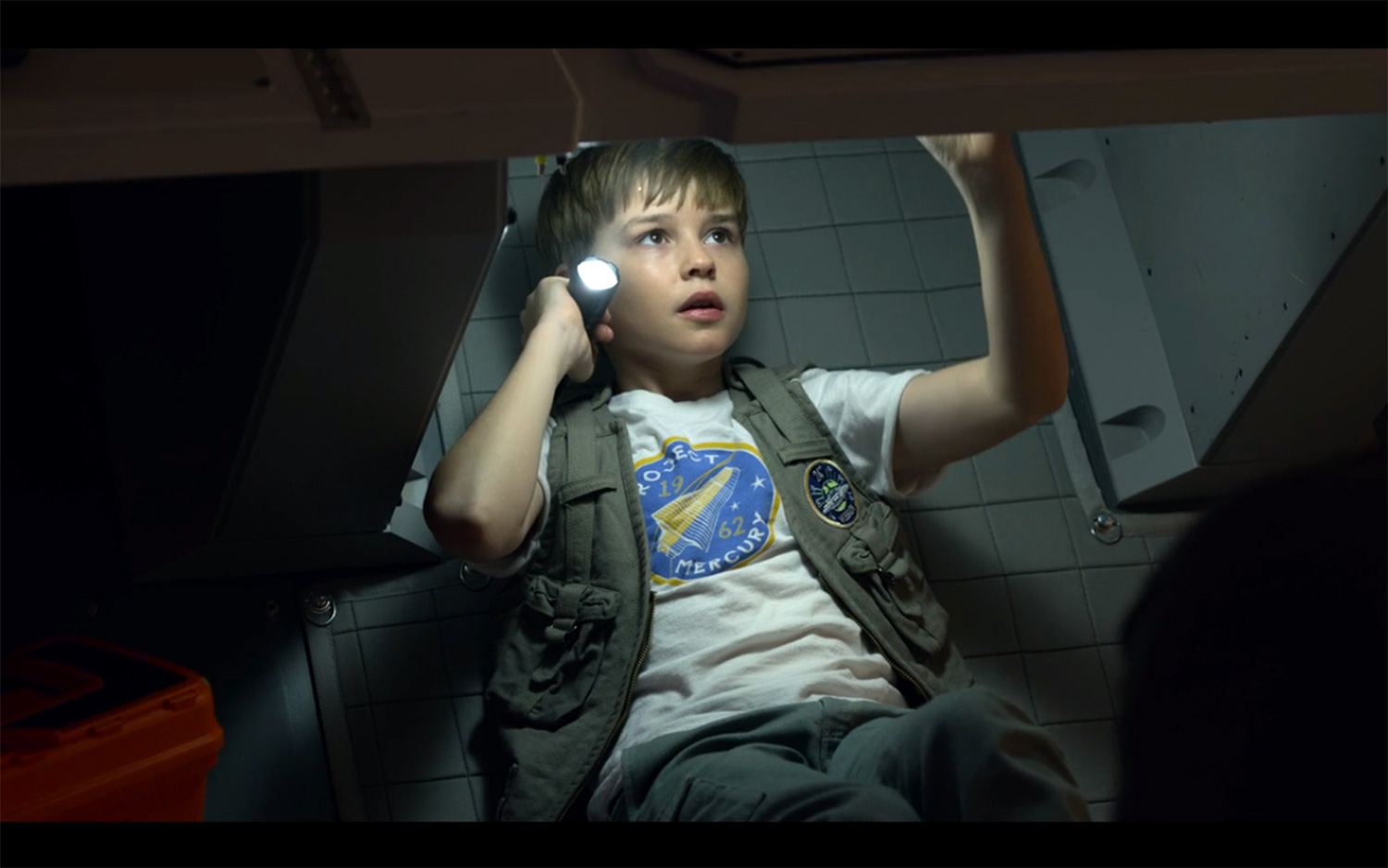
Episode 8 heavily references the Friendship 7 mission, which was the first U.S. orbital flight in space. Piloted solo by astronaut John Glenn, that mission's spacecraft completed three orbits of the Earth in almost 5 hours. "Lost in Space" makes some references to how primitive the Friendship 7 spacecraft was, particularly in terms of its computing power.
In that same episode, Maureen lists off a number of past spaceflight disasters. These flights, she points out, killed everyone on board: 1967's Soyuz 1, which failed to deploy its parachute (Soviet Union); 1971's Soyuz 11, which had a deadly leak (Soviet Union); 1986's Challenger space shuttle, which exploded at launch (NASA); and the 2003 Columbia space shuttle, which broke up during landing (NASA). NASA commemorates lost spaceflyers every year in its Day of Remembrance.
NASA Science
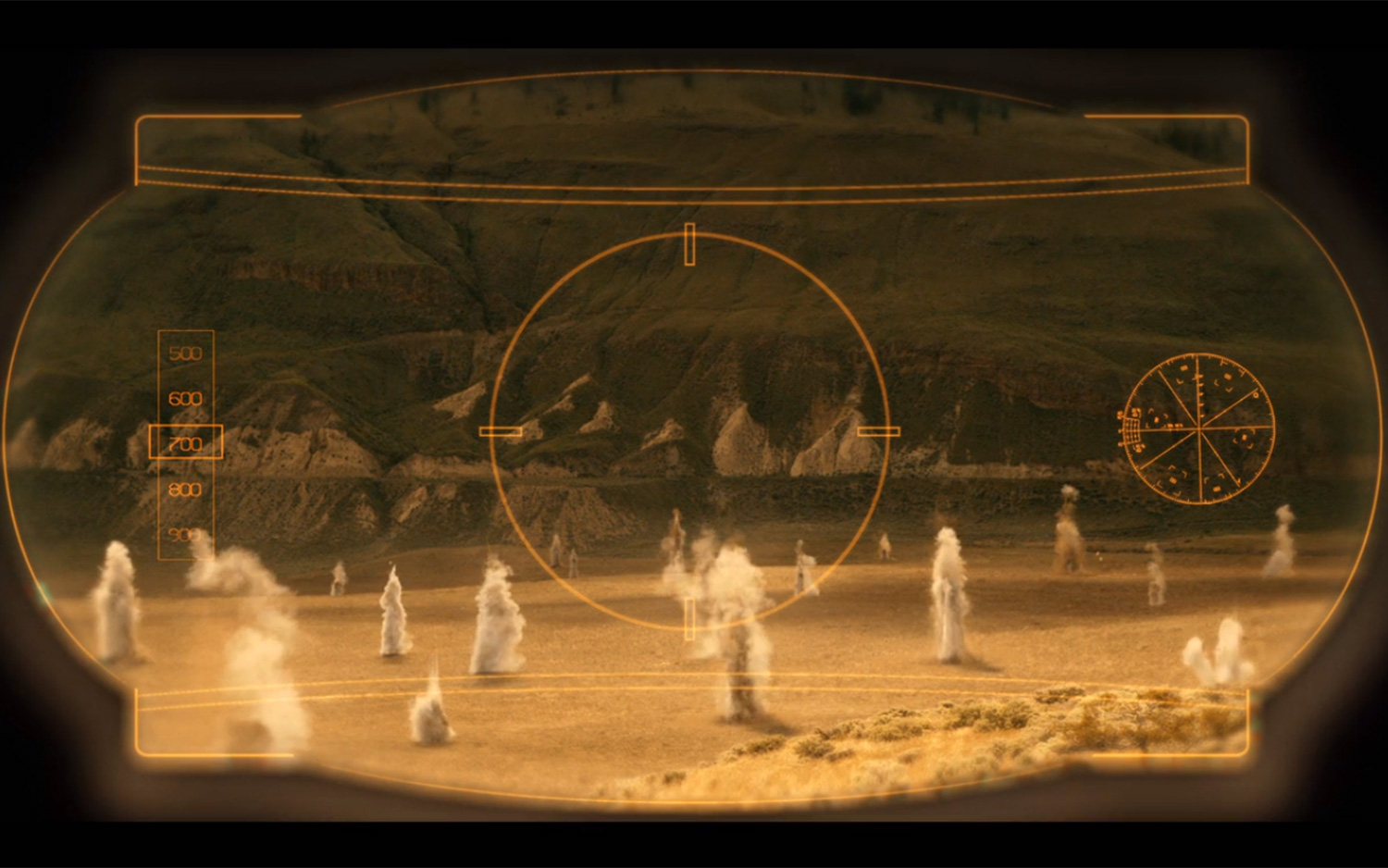
The scientists in "Lost in Space" engage in a lot of work that resembles what real-life scientists do. Characters in the show frequently discuss astrobiology, or the search for habitable environments or life outside of Earth. The most famous of these investigations in real life are NASA's Curiosity rover (which is roaming Mars looking for where ancient organisms might have lived) and NASA's Kepler space telescope (which searches for rocky exoplanets around faraway stars.)
NASA recently launched a follow-up telescope called Transiting Exoplanet Survey Satellite (TESS), which is looking for rocky worlds near relatively close-by stars.
Scientists in the show frequently use tools to conduct their research, such as spacesuits, rovers and weather balloons, that resemble those NASA scientists use to conduct investigations. Episode 6 has a brief discussion about cryogeysers, icy vents found on Mars, Neptune's moon Triton and other places that burst when exposed to sunlight.
NASA's JPL and More!
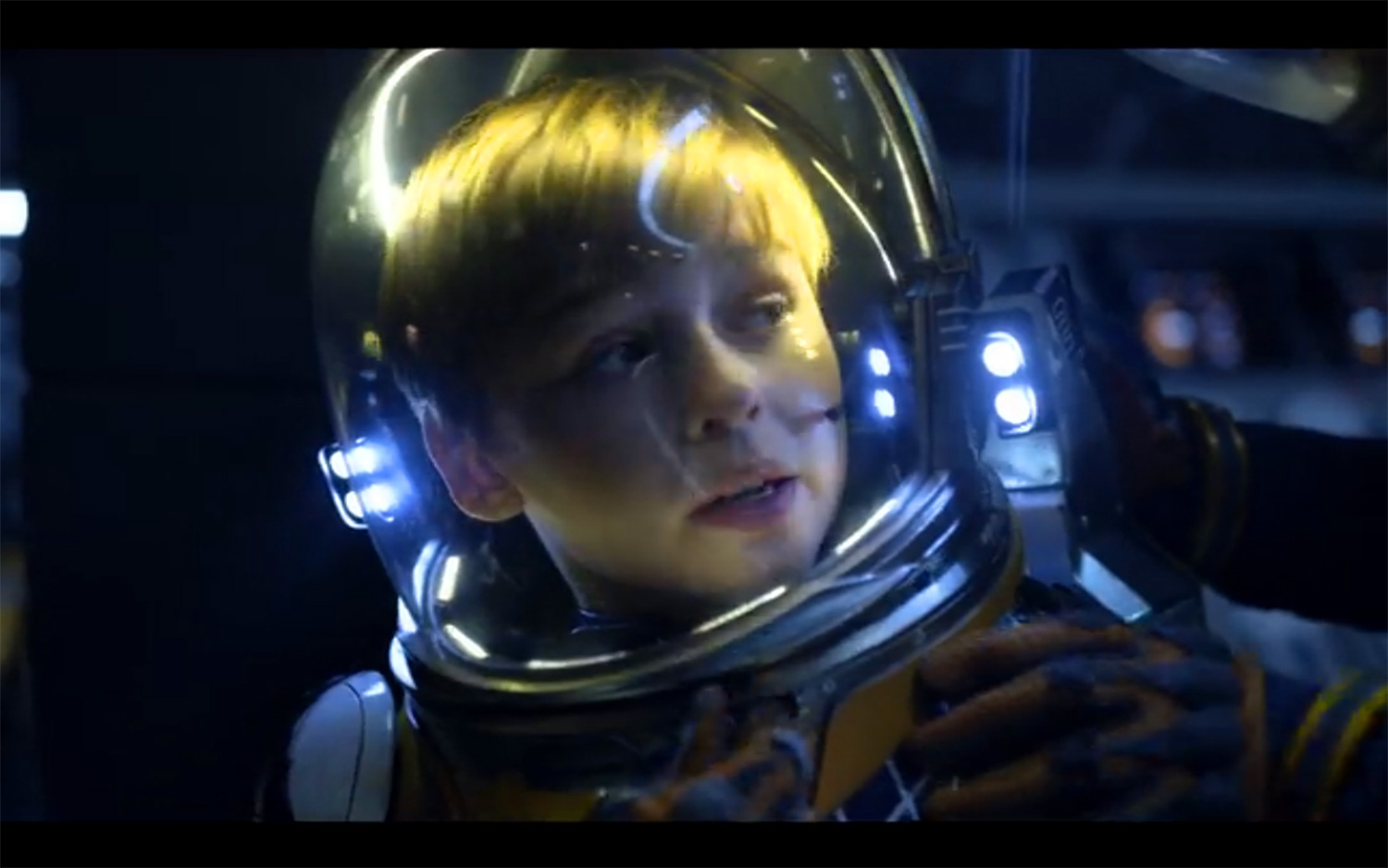
Early in the series' timeline, Will needs to perform a crucial test to be accepted onto the Resolute crew. In the background, you can see a sign that says, "JPL Hyperbaric Science." In real life, NASA does perform this kind of science, which involves creating environments in which atmospheric pressure is artificially increased or decreased. "JPL" is a reference to NASA's Jet Propulsion Laboratory.
In Episode 10, one of the astronauts remarks about a spacesuit, "The anti-fogging agent must have flaked off." This is probably a reference to a (now) famous 2001 spacewalk by Canadian astronaut Chris Hadfield, who was using a NASA spacesuit at the time. In his 2013 autobiography, Hadfield said he overzealously cleaned the inside of his helmet with an anti-fogging liquid. The liquid got into his eyes during the spacewalk and temporarily blinded him.
Join our Space Forums to keep talking space on the latest missions, night sky and more! And if you have a news tip, correction or comment, let us know at: community@space.com.
Get the Space.com Newsletter
Breaking space news, the latest updates on rocket launches, skywatching events and more!

Elizabeth Howell (she/her), Ph.D., was a staff writer in the spaceflight channel between 2022 and 2024 specializing in Canadian space news. She was contributing writer for Space.com for 10 years from 2012 to 2024. Elizabeth's reporting includes multiple exclusives with the White House, leading world coverage about a lost-and-found space tomato on the International Space Station, witnessing five human spaceflight launches on two continents, flying parabolic, working inside a spacesuit, and participating in a simulated Mars mission. Her latest book, "Why Am I Taller?" (ECW Press, 2022) is co-written with astronaut Dave Williams.
